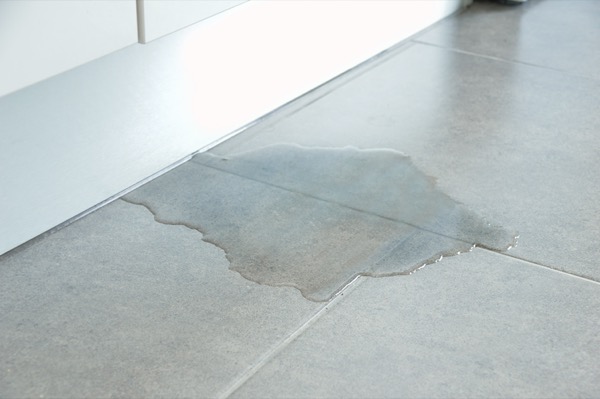How to Spot Leaks & Water Loss in Your Home | Journey Home Lending

When it comes to water leaks in your home, some are obvious because they leave floors soggy or mark walls or ceilings with stains. However, other water loss can be hidden—and you may not realize it’s happening, though you might notice your utility bills climbing.
Whether you suspect there’s a leak somewhere or you don’t yet have a reason to think anything’s going on, there are some signs you can keep an eye out for to help you discover water loss.
Once you have an idea where the issue is, there are some detective tricks you can use to determine if you’re right and figure out how big a problem you have:
1. Listen. In many cases the sound of a leak can provide your first evidence of it. Whether it’s constant trickling coming from the toilet, weird noises coming from the walls or a drip-drip-drip in the shower, if you hear water when you don’t expect to, look into it.
2. Keep an eye on your bills.If you notice higher usage levels suddenly showing up on your water bills that you can’t account for or think the charges are regularly higher than they should be, it may be a sign something’s wrong. While water bills vary across the country and from home to home, the average American household’s water bill is about $70 per month.
3. Trust your sniffer. If you notice a musty smell coming out of a cabinet or other closed space, it may be caused by an unseen leak creating the right conditions for mold, mildew and wood rot.
4. Get some food dye. If you suspect your toilet is running when it shouldn’t be, an easy way to test your theory is to put some food coloring in the tank, then let it sit for a bit. Come back and check the water in the bowl for coloring; if you see it, the flapper in the tank likely isn’t holding the water in. To avoid dying your toilet surfaces, flush your toilet a couple times after running this experiment to ensure you don’t leave dye on the porcelain. (By the way, if you have a pool, this method can also be used to check for leaks in the vinyl liner.)
5. Call in an expert. Plumbers and contractors can track water usage in the system, either with specialized tools or just by running some tests and keeping an eye on the water meter. If you suspect or have confirmed a leak, contacting a specialist should generally be your first step. Not only can they more precisely identify and fix leaks, but they can also tell you if there’s water damage or conditions that could promote the growth of mold, both of which can cause future problems and even impact your family’s health.
Dealing with leaks is an important part of caring for your largest investment. If you’re ready to take your first steps on the journey to homeownership, give Journey Home Lending a call today!
